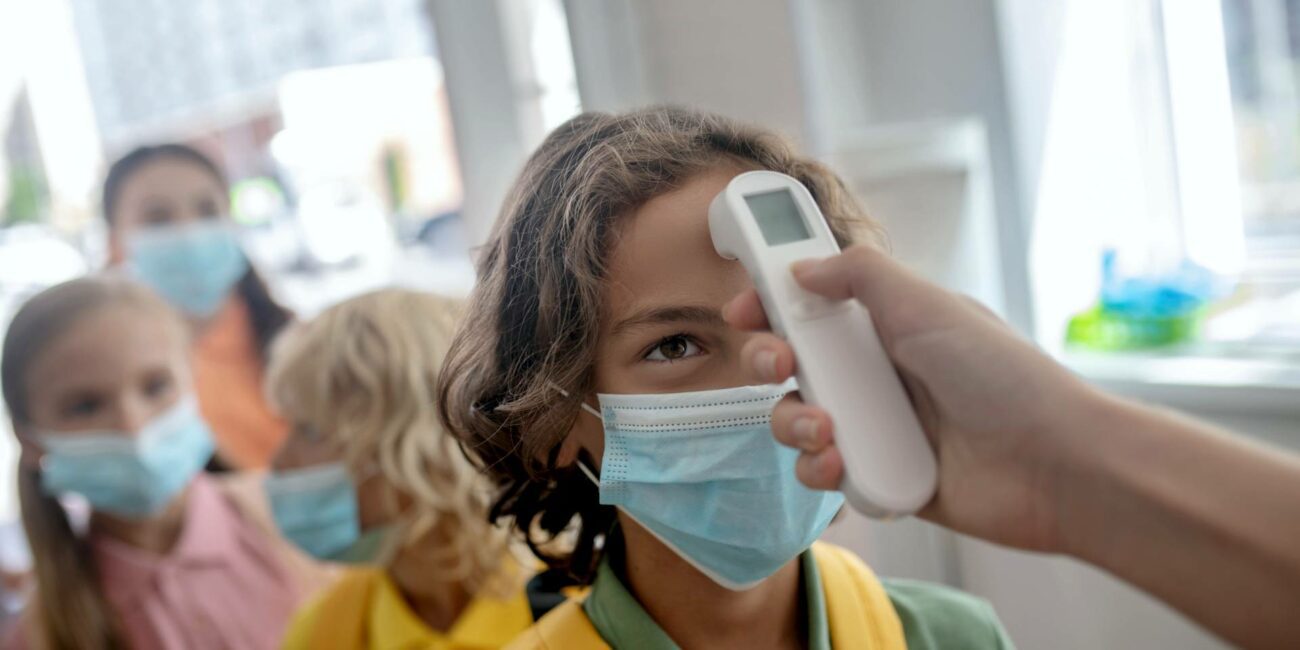(click on image for clearer view)
As we trudge through the 21st week of lockdown, in all its varying levels, “COVID-fatigue” has well and truly set in. It’s been months of headlines of hospital overcrowding, cases and deaths rapidly rising, and now the apparent certainty of a so-called “second wave” assailing us at every turn.
Perhaps the most quoted, yet least understood, statistic is the one that places South Africa as “5th worst in the world” when it comes to COVID-19. It’s bolded on headlines displayed on lampposts, appears on countless online news sources almost daily, is repeated grimly as we stand – 1.5 metres apart – in the school parking lot and muttered solemnly at our (formerly illicit) social gatherings.
“Have you heard, South Africa is now 5th worst in the world?”
It’s true. In terms of recorded and (supposedly) verified case data, South Africa does indeed have the 5th highest number of cases of SARS-CoV-2 in the world, trailing the USA, Brazil, India and Russia respectively.
Interestingly, Peru, currently just below us in the rankings, may potentially “beat” us in case numbers in the upcoming weeks. Whilst South Africa’s new daily cases have averaged 3755 in the last week, and we’re well and truly over the peak, Peru has seen an average of 8337 daily new cases and does not yet show signs of slowing down.
That would be reassuring, wouldn’t it? A slide down the dreaded podium to 6th place?
We need to get the word out that case numbers, whilst a seemingly simple metric, are not a helpful means of comparison. Cases are positive SARS-CoV-2 test results. Cases are largely an indicator of testing capacity and testing strategy. Cases are not the true number of infected people.
We now know that up to 80% of infected people have no obvious or serious symptoms. An asymptomatic infected person who isn’t tested does not count as a case. In fact, America’s CDC recently estimated that there may be ten times as many people infected with SARS-CoV-2 as there are official recorded cases.
Add to this the high false negative ratio for tests, and it’s safe to say that case numbers are not a reliable, or effective, statistic.
Deaths, on the other hand, are a more concrete measure of the impact of the disease. Whilst still not a water-tight comparison due to differing regulations between countries, as well as the “deaths from COVID” versus “deaths withCOVID” debate, when a person dies the death is recorded and a death certificate issued. There is not much room for error.
In terms of the number of deaths attributable to COVID-19, South Africa currently ranks 13th in the world (at the time of writing), a number which seems much more acceptable than the dreaded 5th place.
However, in order to truly compare “apples with apples”, we need to adjust the number of deaths to the population size of each country.
Which brings us to deaths per million, probably the most worthwhile and widely accepted comparison between countries when examining the impact of the COVID-19 pandemic.
South Africa has a population of approximately 59 million people. Thus, to calculate our deaths per million statistic, we take the total number of SAR-CoV-2 deaths and divide these by 59. As at 18th August, this means deaths per million of 203 (11,982 divided by 59), presently 30th highest in the world.
Whilst data heads and number crunchers the world over are showing a morbid fascination with the deluge of data presented to us by the pandemic (on a daily basis!), there remains a larger group of people who feel disempowered and potentially even overwhelmed by the endless reams of statistics and graphs. They are left with nothing but the fear-inducing statistic of “5th worst in the world”.
The bubble graph above compares population size, number of cases per million and deaths per million. If the positioning of the bubbles doesn’t mean much, then remember this: “The bigger the bubble, the bigger the trouble.”
Countries with the biggest bubbles (Peru, Belgium, the UK), have the highest deaths per million from COVID-19. Whilst South Africa has a population very similar in size to that of Italy, for example (we’re the same distance along to the right on the graph), our number of cases per million is much higher (we’re further up the graph), but our deaths per million are much less (our bubble is much smaller).
A few more examples: Belgium has fewer cases (they’re further down the graph) but similar deaths per million (comparable bubble size) to Peru. Brazil and USA have much bigger populations (they’re over to the right of the graph), but similar deaths per million to Chile (again, similar bubble sizes), although Chile has more cases per million of its population (it’s higher up the graph).
Whilst it is true that our deaths per million will continue to increase as our number of deaths rise, this is also true for all the countries further up the leader board, who all still find themselves adding to the death tallies, although at different rates. In order for us to overtake Italy, currently ranked 5th (of countries with a population of more than 1 million), we’d need to see in excess of 34,500 deaths, which is approximately three times as many as we’ve got now.
South Africa 5th worst in the world? You decide.





